The Indigenous peoples of the Americas PortalThe Indigenous peoples of the Americas are the peoples that inhabited the Americas before the arrival of European settlers in the 15th century, and the ethnic groups who now identify themselves with those peoples. The Indigenous peoples of the Americas are diverse; some Indigenous peoples were historically hunter-gatherers, while others traditionally practice agriculture and aquaculture. In some regions, Indigenous peoples created pre-contact monumental architecture, large-scale organized cities, city-states, chiefdoms, states, kingdoms, republics, confederacies, and empires. These societies had varying degrees of knowledge of engineering, architecture, mathematics, astronomy, writing, physics, medicine, planting and irrigation, geology, mining, metallurgy, sculpture, and gold smithing. (Full article...) Selected article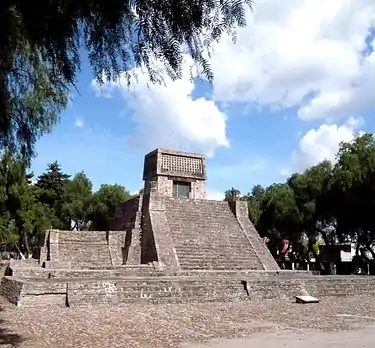 The Aztec Pyramid at St. Cecilia Acatitlan, Mexico State. The Aztec /ˈæztɛk/ people were certain ethnic groups of central Mexico, particularly those groups who spoke the Nahuatl language and who dominated large parts of Mesoamerica from the 14th to 16th centuries. The Nahuatl words aztecatl [asˈtekat͡ɬ] (singular) and aztecah [asˈtekaʔ] (plural) mean "people from Aztlán", a mythological place for the Nahuatl-speaking culture of the time, and later adopted as the word to define the Mexica people. Often the term "Aztec" refers exclusively to the Mexica people of Tenochtitlan (now the location of Mexico City), situated on an island in Lake Texcoco, who referred to themselves as Mēxihcah Tenochcah [meːˈʃiʔkaʔ teˈnot͡ʃkaʔ] or Cōlhuah Mexihcah [ˈkoːlwaʔ meːˈʃiʔkaʔ]. Sometimes the term also includes the inhabitants of Tenochtitlan's two principal allied city-states, the Acolhuas of Texcoco and the Tepanecs of Tlacopan, who together with the Mexica formed the Aztec Triple Alliance which controlled what is often known as the "Aztec Empire". In other contexts, Aztec may refer to all the various city states and their peoples, who shared large parts of their ethnic history and cultural traits with the Mexica, Acolhua and Tepanecs, and who often also used the Nahuatl language as a lingua franca. In this meaning it is possible to talk about an Aztec civilization including all the particular cultural patterns common for most of the peoples inhabiting Central Mexico in the late postclassic period. Selected imageGeneral imagesThe following are images from various Indigenous peoples of the Americas-related articles on Wikipedia.
Selected biography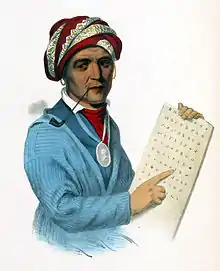 SE-QUO-YAH – a lithograph from History of the Indian Tribes of North America. This lithograph is from the portrait painted by Charles Bird King in 1828. Sequoyah (ᏍᏏᏉᏯ Ssiquoya, as he signed his name, or ᏎᏉᏯ Se-quo-ya, as his name is often spelled today in Cherokee) (c. 1770–1840), named in English George Gist or George Guess, was a Cherokee silversmith. In 1821 he completed his independent creation of a Cherokee syllabary, making reading and writing in Cherokee possible. This was the only time in recorded history that a member of a pre-literate people independently created an effective writing system. After seeing its worth, the people of the Cherokee Nation rapidly began to use his syllabary and officially adopted it in 1825. Their literacy rate quickly surpassed that of surrounding European-American settlers. Did you know…
SubcategoriesCategory puzzle Select [►] to view subcategories
Indigenous peoples of the Americas Indigenous peoples of North America Indigenous peoples of South America Indigenous peoples of the Caribbean Indigenous people of the Americas Lists of indigenous peoples of the Americas America indigenous peoples templates Anti-indigenous racism in the Americas Children's books about indigenous peoples of the Americas Indigenous culture of the Americas History of indigenous peoples of the Americas Indigenous peoples of the Americas portal Indigenous rights organizations in the Americas Indigenous languages of the Americas Non-fiction books about indigenous peoples of the Americas Indigenous politics in the Americas WikiProject Indigenous peoples of the Americas Related portalsThings you can do
Selected panoramaTopicsRecognized content
Featured articlesFormer featured articlesGood articles
Former good articlesDid you know? articles
In the News articlesAssociated WikimediaThe following Wikimedia Foundation sister projects provide more on this subject:
American indigenous language WikipediasAvañe'ẽ (Warani) · Aymar aru (Aymara) · ᏣᎳᎩ (Cherokee) · Chahta (Choctaw) · ᐃᔨᔫ (Cree) · ᐃᓄᒃ (Inuktitut) · Iñupiak · Kalaallisut (Greenlandic Inuit) · Mvskoke (Muscogee) · Nahuatlahtolli · Diné bizaad (Navajo) · Qhichwa Simi · Tsêhesenêstsestôtse (Cheyenne) Indigenous languages in Wikimedia Incubators: Alabama · Blackfoot · Chinook Jargon · Choctaw · Creek · Lakota · Micmac · Mohawk · Nheengatu · Northwestern Ojibwa · O'odham · Shoshoni · Unami-Lenape · Wüne pakina (Mapudungun) · Yucatec Maya · Central Alaskan Yup'ik · Zuni |
-
 List of all portals
List of all portals -

-

-

-

-

-

-

-

-

-
 Random portal
Random portal -
 WikiProject Portals
WikiProject Portals

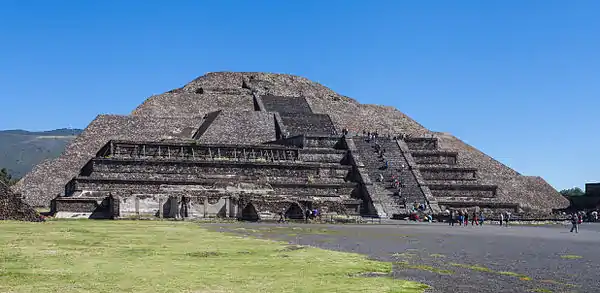

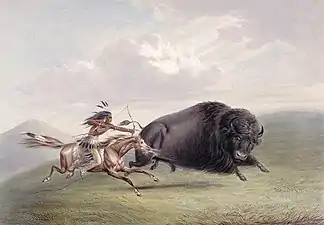

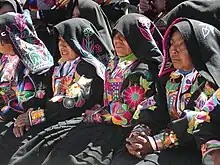





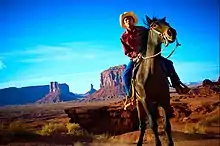

.jpg.webp)



_(cropped).jpg.webp)





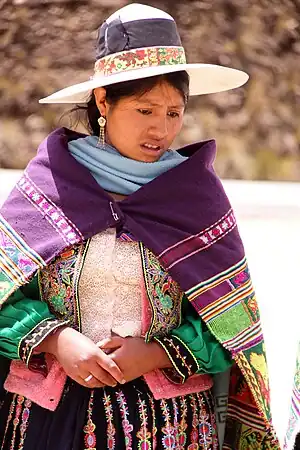

.jpg.webp)











_2007.jpg.webp)
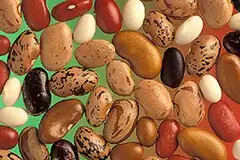



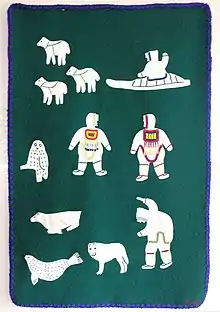





.svg.png.webp)